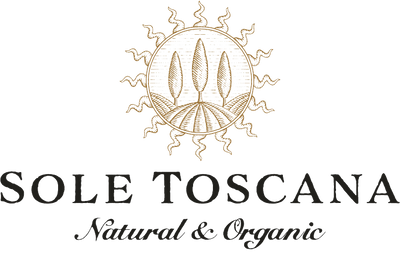You've probably heard that many lipstick brands contain lead. Maybe that's how you started your journey to using all-natural products like ours.
Lots of lipstick lovers wonder whether they're in danger, and how much lead is safe.
One of the cosmetics quizzes by the FDA asks: True or False: Lots of lipsticks on the market contain dangerous amounts of lead.
THEIR ANSWER
False!
This claim is all over the Internet, but it's not true. FDA has tested numerous (hundreds) of lipstick samples, and lead occurs in tiny traces. FDA has no reason to think that these amounts are hurting people. If or when they find a health problem, they'll announce it and take action to remove problem products from the market.
The problem with lead
Lead is a neurotoxin (kills nerves) that causes grave side effects in adults and children. Symptoms of lead poisoning in adults include headaches, mood disorders, stomach issues, difficulty concentrating, and miscarriages. In children, lead can cause fatigue, learning, and developmental problems, vomiting, hearing loss, and several other problems.
Expectant mothers and their babies are particularly susceptible because this neurotoxin can pass through the placental blood barrier and cause lasting damage to the fetus.
That's not all- our bodies don't naturally remove lead properly, so it tends to build up over time. Even minimal exposure can make you sick as time goes by.

If it's false, what's the origin of the rumor?
In 2007, the Campaign for Safe Cosmetics (CSC) tested a small number of lipsticks and found lead. The FDA decided to do their testing and reported that they had found lead in more than 400 shades of lipstick.
The pertinent question is whether or not the lipsticks on the market contain dangerous amounts of lead.
Is the lead in your lipstick harmful?
No one is sure about this.
The FDA's limit for lead in cosmetic products is 10 ppm (parts per million), which is quite low. However, compare this with their limit for candy- 100 ppb or water- 5 ppb. These two are consumables; that's why the accepted amount in foods should be this low. Why is it that a product made for mouths (lipstick) and gets swallowed doesn't have the same limit?
According to the FDA's tests, the 10 ppm of lead in lipsticks doesn't make a noticeable difference in routine blood tests. Unfortunately, this was a one-time study, so we don't know how long it takes for lead in lipstick to raise the levels of lead in the blood.
Also, there are several different ways that humans suffer from lead exposure (old paint, plants grown in lead-contaminated soil, pollution, etc.). It would be difficult to quantify how lead in a cosmetic product would increase blood levels in a long-term human study.
If you're fond of reapplying throughout the day
How often do you reapply a fresh coat? When you notice the smudge on your water glass? Halfway through lunch? Whenever you're bored? Many people use lipstick for years. Are they in danger?
We're not certain if the FDA tests covered this kind of usage, but we don't feel comfortable taking the risk.
What does this mean for us?
We don't have a lip product yet, so we're looking into ways of making a DIY version.
Note: Companies don't add lead to their lip products, but the heavy metal typically occurs in the ingredients that give lipsticks their color. That's why lead doesn't appear on the ingredient label. If you wear lipstick regularly, reach out to brands and ask them if they do lead testing on their products.
With love,
The Sole Toscana Beauty Team


